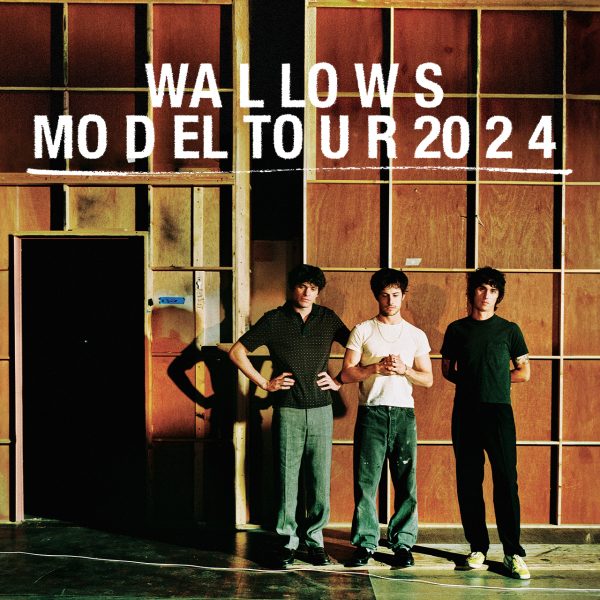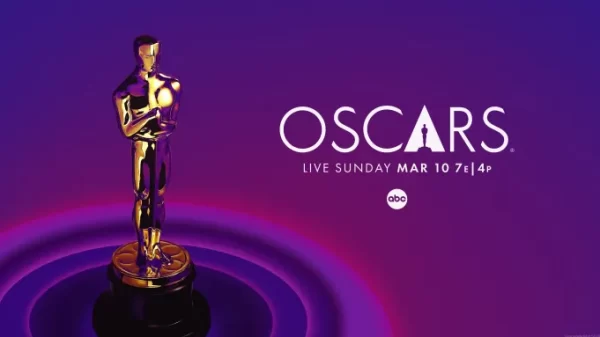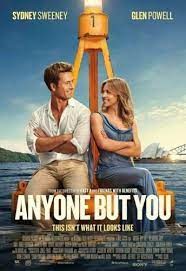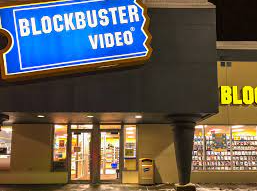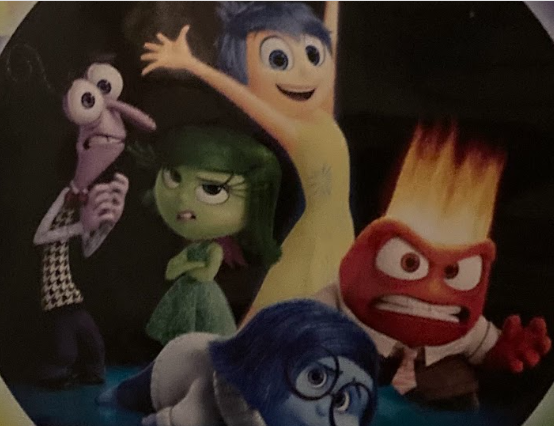Steve Jobs (2015), the Underrated “Biopic” Masterpiece

February 27, 2023
Steve Jobs is the starter of the World’s most familiar phone company in modern times. Apple has made over $394.328 billion dollars just this year alone, and their income grows every year that they exist. The main creator of Apple’s life though, Steve Jobs, has a rather complex and depressing life if you pulled the curtain and looked at what happened throughout it. In 2015, Danny Boyle attempted to recreate and tell a story of his life in the form of a biopic.
What’s a biopic?
A biopic stands for a biographical picture. It’s essentially supposed to be a movie or show that will cover the life of someone, just like a written biography that you would read. Popular biopics you may have heard of were Bohemian Rhapsody (2018), Elvis (2022), and Rocketman (2019). All these movies cover a majority of whoever they’re trying to cover life, but this biopic takes a rather different approach. It doesn’t exactly cover all of his, it goes through only 3 moments of it. Things happen in the movie, which never even happened in real life. All of these differences would add up to a major discourse in the film community over if the movie qualifies as a biopic or not. Now the movie is considered as not only a biopic, but one that takes its own artistic strides and diverges from his original life.
What’s the movie about?
Even though the movie takes place only in 3 points of his life, it still manages to tell so much in 2 hours and 2 minutes. The movie starts in 1984, as Steve Jobs unveils the first Mac when Jobs had just started Apple. It takes you backstage right before the launches of each of the products in the movie. They’re hectic and adrenaline filled, with great dialogue behind it. After the launch of the first Mac, it moved onto the launch of the NeXT computer in 1988. That was when Jobs was fired from Apple after John Sculley took over as CEO of Apple and started his own company to combat it. Finally the movie ends with the launch of the IMac in 1998 which revolutionized the tech industry. The movie doesn’t shy away from covering the consequences of Steve Jobs’ way of life. Due to this being impulsive and bloodthirsty for control, he fights with someone over the fact the first Mac won’t say “hello” on the screen during the launch of the Mac. There are many perfectly crafted scenes just like that. Another thing they cover is the struggle of Steve Jobs and his daughter. In Steve Job’s younger years, he had a girlfriend and they accidentally had a daughter. Once again because Steve Jobs wanted control, he left his girlfriend and his daughter, Lisa. Throughout the 3 points in the movie it reflects on Steve Jobs’ poor ability to socialize with her or even empathize with her situation. In well crafted scenes they display this, up until one of the final scenes in the movie where they give it an amazing finale (in which I will not spoil). Some other highlights of what they cover is the relationship between Jobs and Sculley, where they have a beautifully shot fight between the 2 over his fire at Apple which is actually one of the things that never happened. Another is Steve Jobs’ friendships with Joanna Hoffman and Steve Wozniak. They show flashbacks, fights, and more which shows how even though they were Jobs best friends they would still constantly fight.
The Actors
Michael Fassbender, known for his role of Magneto in the X-Men movies, provides an amazing portrayal of Steve Jobs, even though he may not look much like him. Other common characters such as Steve Wozniak played by Seth Rogen and Kate Winslet and Joanna Hoffman. When they’re on screen and are interacting with each other, it feels like you’re watching life long friends bicker and argue with one another which is due to the amazing performances of all the actors and the amazing script by Aaron Sorkin and Walter Issacson. Even the side characters are able to provide such raw and amazing performances.
The Music and Look
The way this movie looks and sounds is simply unmatched. For the 3 years the movie takes place in, cameras, audio equipment, and music equipment from each time period are used expertly. In 1984 they used old film and used more poppy colors like red, blues, and beige to compliment it. In 1988 a film from that period was used with bright reds and silky blacks. When filmed in 1998 a modern digital camera with white, black, and silver are used to provide a modern and sleek design. For the sound of the movie is just as unique as the camera looks. First used was analog music systems from 1984, which were fussy, but ended up making an amazing score for the first part. It demonstrated a playful and upbeat tone, which went perfect with how Jobs was at the time. Next would be a beautiful orchestra and chorus. They use this not only because the actual part takes place in an Opera House, but also because Steve Jobs at this point was like a conductor who knew and managed everything that was going on. He didn’t know how the computers worked, but he knew how to work with it. At the end of the movie, as a send off they use digital music . This digital use of music reflected how Jobs was wiser in this time, but still had a cold side to him from his faults in life.
“Oh, wow. Oh, wow. Oh, wow.”
In conclusion, this movie is an amazing watch. The way it’s executed from the amazing performances and writing, to the beautiful music and cinematography, it provides an amazing experience and acts as a great study of Jobs and who he was.


